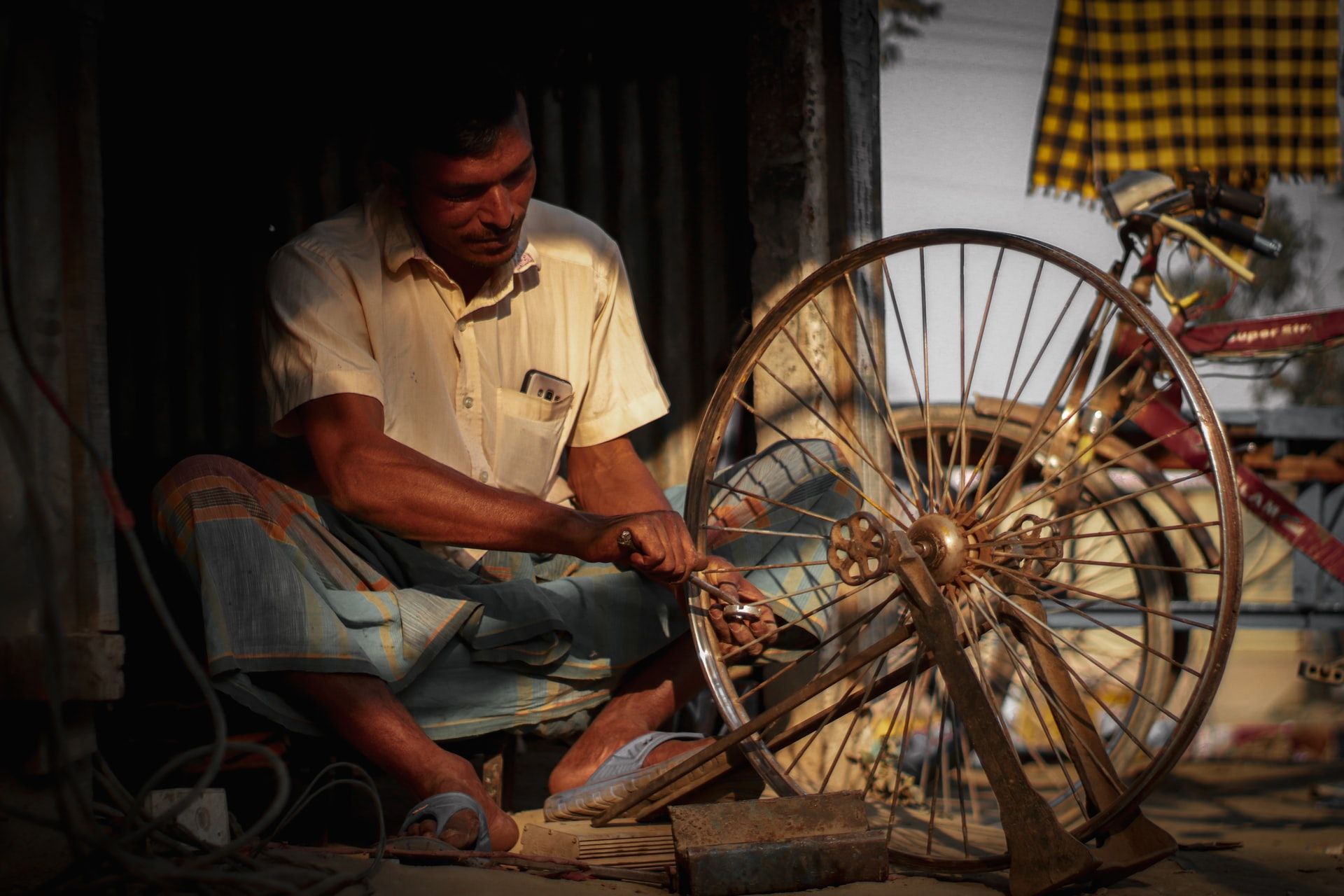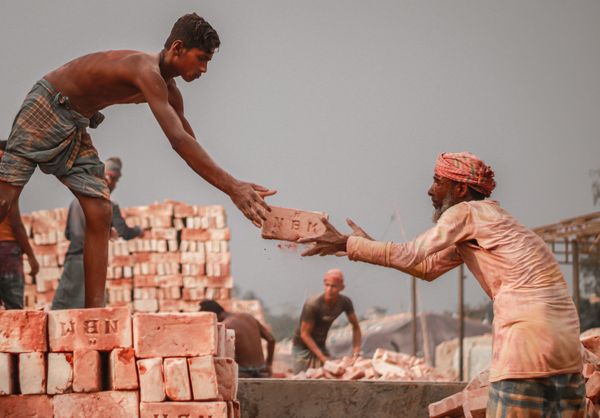People have to survive through economic activities. And the economy is deeply involved in the formation of society. Any society has a common form of economy, which creates compatibility and stability in economic activities. Sociologists look at economics in three main ways :
1. Division of labor
2. Property
3. Economic system

Today we are going to discuss the division of labor. In economics, division of labor means dividing the work into a different category and entrusting it to the skilled person. It ensures a balanced distribution of work. Recent sociology emphasizes the power, authority, dignity, and privileges associated with work. The position of a person in any organization depends on peculiar knowledge and skills. So the dignity and income of a specialist person will be much higher. Power, nobility, and salary between managers, clerks, and workers in a factory depend on skills. Skills, specialization and efficiency are essential for the division of labor.
There is always a division of labor between men and women in an industrialized society. In the labor market, women are considered relatively less skilled. Emile Durkheim, a French sociologist, introduced a significant discussion in sociology on the division of labor. In this case, he noticed a fundamental difference between pre-industrialized and industrialized societies.
Economists Adam Smith discussed the division of labor. Adam Smith thought that a fundamental element of economic progress was expertise and the division of labor. And the division of labor developed through the exchange and market system. The larger the market, the greater the division of labor, human skills, and expertise. The division of labor leads to economic growth as well as interdependence and social bonds.
In a traditional society, one person does more than one works at a time. For example, In addition to agricultural work, a farmer takes care of cows and goats, does household chores, repair house, etc. But in modern society, a teacher only teaches students. Nothing else works outside of this. As a result, his dependence on other people is enormous. If he does not get a salary, he has to borrow from the bank. If there is a problem with electricity or water, he has to call a mechanic. Thus in modern society, people are interdependent.

About 166 million people live in Bangladesh at present, which is a lot compared to its size. A balanced distribution of labor is required to manage this large population. Skills are needed to ensure a balanced distribution of labor. The government is working to increase efficiency.
Recently, the division of labor based on gender has been a topic of discussion. Some anthropologists and sociologists think that physical ability determines the division of labor between men and women. In other words, since women are born physically weaker than men. They will take care of the house and the children.
Sociologist Ann Oakley has shown that it is a wrong concept. In the Congo forests in Africa, there is no gender-based division of labor among the indigenous pygmy. Women are serving in substantial numbers in the armies of China, Cuba, and Israel. Women make up 12 percent of the construction industry in India. In some countries in Asia and Latin America, a quarter of the miners are women.
In the pre-industrial age, therefore, there was no separate division of labor between men and women. After expanding the textile industry in Bangladesh, this picture has changed completely. Women have since begun to enter the workplace. The Industrial Revolution moved the field of work from household to factory, shop, and office. It was the beginning of a profound change in gender-based labor. This division of labor existed among middle-class women. The rate of women's participation in the labor force is now at least high, and many fear that women will gradually take the place of men.
Finally, we can say that in Bangladesh, the division of labor is more in urban areas, and people are more dependent on each other. On the other hand, the people of the village are self-reliant. But in some cases, they have to depend on others. Again, the division of labor based on gender is a rare case in the village. Because village's women usually do the daily chores of the house. But in the city, both men and women join the work. As a result, there is a gender-based division of labor in almost all parts of the city.


